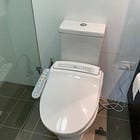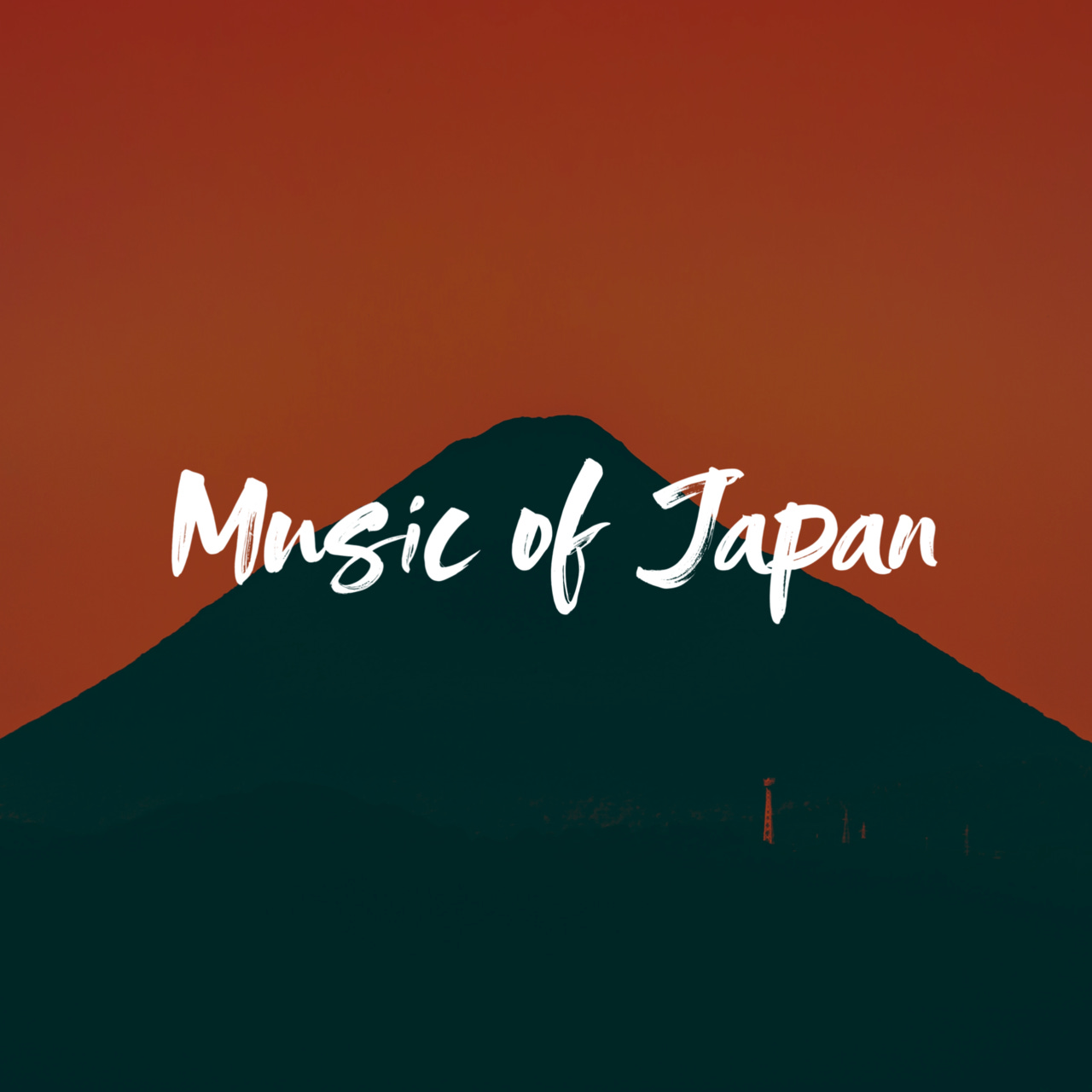This is somehow another post on toilets, as well as songs with unusual premises. If you missed the previous investigations into the modern Japanese toilet, see these below!
Yes, this time we’re talking about toilet gods. The 2010 song Toire No Kamisama is listed below, with English translated lyrics linked here. Please listen if interested, or skip ahead to explore what this all means.
The Song
There are several items that are unusual about the success of this song. To kick us off, this is a long song at over 9 minutes. Music executives normally then say, “that's too long for a radio hit”.
Then we’ve got the content, which is not really about toilets or gods. Without recounting the whole song, it echoes the singer’s real life, recounting the ebbs and flows of her own relationship with her now deceased grandma. The length of the song allowed listeners to follow the arc of their close relationship, the moments where they grew distant, and the pain in losing her grandmother.
The song resonated with audiences who felt Kana’s pain through the lyrics. It was seen as a song that spoke to anyone that had strained relationships with loved ones. Having plucked at the hearts of millions across Japan, Kana was catapulted into stardom. Her story was subsequently retold in two autobiographies and one movie length drama, all titled Toire No Kamisama. It seemed like the country just wanted to keep feeling that authentic pain and ingesting it through every available medium.
Listening to the song myself, the song does capture the melancholic feeling. It can reopen old wounds of cherished relationships that have grown stale without careful tending. The song received deserved praise for its painfully relatable everyday lyrics, not to mention Kana’s voice and musical ability.
Let’s address the unusual title. Our titular bathroom goddess was invented by Kana’s grandma to encourage her to clean the bathroom. This was never a chore that was enjoyed, so an elaborate plan was hatched by the grandma. The implied narrative was that the bathroom deity would accept ritual in the form of meticulous cleaning, and in return provide Kana with immense beauty.
Yet delving deeper, I discovered that toilet divinity was not simply a well-worked plot invented by Kana’s grandmother to teach the value of bathroom hygiene. Toilet Gods have been around much longer than since 2010.
The duties of the Toilet Gods
The toilet gods predate the modern Japanese toilets by many, many years. Back then, Japanese toilets weren’t the shining beacon of innovation that they are today, but a place associated with fear and despair. You might think that is exaggerating the point, but Japan has traditionally been an agricultural society, which requires a sustained source of fertiliser beyond that of livestock. Stories abounded of clumsy toilet users falling in and getting trapped among the stored waste that would be used for fertiliser. A solution was needed. A prayer to the local toilet gods for protection.
The friendly local toilet god was not merely tasked with protecting against falls. They could help with a myriad of toilet related duties; from ensuring good harvests (through quality fertilisers), providing fertility for families (unclear how the relationship works beyond general harvest), and improving the attractiveness of unborn children (again, no idea what the link is here).
The local toilet god
The countless varieties of regionally important toilet gods have mostly been washed away with modernity but some have been faithfully recorded by monks. Among the more widely revered gods is one we’ll be focusing on today: Ususama-myō-ō (烏枢沙摩明王), from the Buddhist tradition. His statue still features at numerous temples today, and you will recognise him through his characteristic eight arms. A fierce warrior, he’s usually holding at few things in his multiple arms including pointy weaponry (swords or spears). As such, a well recorded ritual for any toilet trip involved alerting him to your presence by snapping your fingers thrice in order to avoid the discomfort of squatting upon any of his violent handheld accessories.
Sadly for Ususama-myō, his domain meant that his name also was corrupted into becoming a dirty word. This compounded as he got involved in warding off sexually transmitted diseases, leading to his temples being filled with statues of the body parts that patrons wished to heal. For any readers who intend to visit a toilet god’s temple, either for culture or divine intervention, below are some options.
Temples of toilet
Myotoku-ji Temple
Address: 234 Ichiyama, Izu, Shizuoka 410-3205, Japan
A locally famous attraction dedicated to Ususama-myō that draws tourists in with follower-built phallic statues. None of this is obvious from the external façade, which looks much like any local Japanese temple.
Within the bathroom of this centuries old establishment, we find monuments which are even more evocative than the Washington Monument of the male genitalia. Dozens of human height statues surround the bathroom, with the belief that touching the relevant location will heal those specific ailments. Images not provided for my Google search history’s sake, and so my readers can exercise their imaginations. The temple custodians have found a new source of blessing in recent times, selling underwear to guests who want a restroom-themed souvenir.
Enkiridera Mantokuji Museum
Address: 385-1 Tokugawacho, Ota, Gunma 370-0425, Japan
Enkiridera directly translates to tie-cutting temple (no, this isn’t a temple dedicated to one specific office prank), and was set up to be a place where relationships could be severed and ties cut. Be it abusive marriages, toxic friendships, or awful bosses, the country’s social system has often been unkind to those seeking change. Mantokuji Temple facilitates this by providing prayer toilets for visitors to flush a white paper with the names scribbled down. Interestingly, there is also a black toilet used for a completely different goal; you flush here for matchmaking.
The current toilets come with modern flushes, but the temple has served as sanctuary for centuries. It used to be the only place for women to receive an official divorce, when the Edo Period dictated that only husbands could request it. Even then, the toilet gods were there to clean humanity’s mess.
Toilet read
Japan’s relationship with the bathroom is a long and varied topic. While I have tried to explore and share the nuances, if you want to learn more, this comparative paper on the Sociology of Waste in Christian Europe and Japan made for an interesting toilet read. For me, I learnt of the vastly different cultural approaches that have shaped the emotions involved in this daily task. Nostalgia, fear, or joy, and anything in between can feature. And also, other times, people just need to use the toilet.
For more reviews on Japanese music, I would love to introduce Music of Japan. In each edition, Josh explores 5 songs by Japanese artists across multiple genres. Check it out to learn more about Japanese music!







Why would they make the hole big enough for people to fall in?
That's the spirit! You use your miso and I'll use the mayonnaise - even if it's expired! Super folklores that we have here too in America beyond the ditches lol